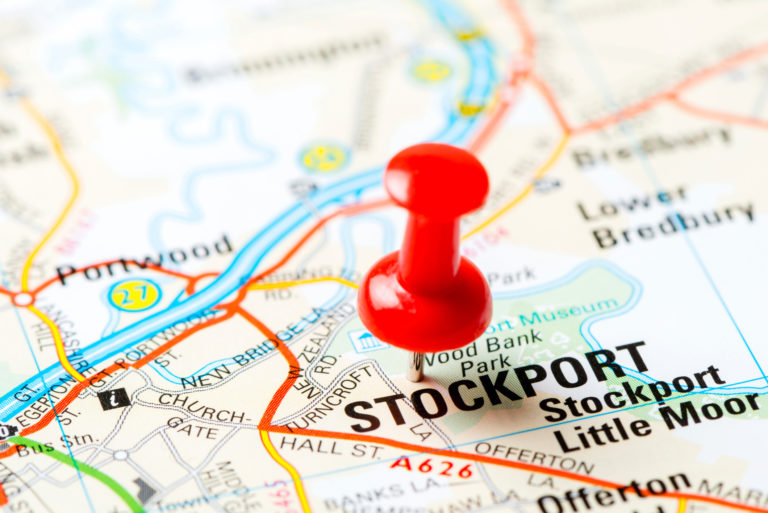Average UK rents have now reached £1,061 per month as demand continues to surge. While some areas have seen drastic fluctuations, others have benefited from a slow and steady rise over the past year.
In September 2021, the average private tenant spent 29.6% of their gross income on rent. Unsurprisingly, this figure falls when you take London out of the equation, to 28.4%.
But the area that has seen the biggest change in affordability is the north-west, according to the latest Homelet rental index report. The region saw tenants spending an average of 27.2% of their earnings on rent, down from 29% in September 2020.
This is despite the fact that rents have actually performed extremely strongly over the past 12 months. The north-west as a whole has seen rents jump by 7.8% since last year, with a 1.2% rise between August and September 2021. This brings the current rental cost in the area to £830 per month.
Rental demand in the region remains consistently strong, while employment prospects as well as investment and regeneration in many areas continue to improve.
Getting the balance right
The north-east remains the most affordable place to be a tenant. Rental costs have risen by just 3.6% over the past 12 months – the lowest in the country – to £578. This means the average renter in the region pays just 22.1% of their income to a landlord. However, is has become 0.5% less affordable since September 2020.
By contrast, Greater London is by far the least affordable place to rent. Tenants there can expect to fork out 33.7% of their pay on rents, up by 1.4% since last year. This is with a price rise of 6.4% over the past 12 months, to an average £1,752.
In recent times and as has been widely documented, growing numbers of people have been reassessing where they need to live. For many, the draw of London will still be enough of a reason to pay the higher prices. Yet for others, seeking a better balance and lifestyle away from the capital has become increasingly preferable.
The area where rents have risen the most in England is the East Midlands. The region has seen rental costs increase by 8.4% since September 2020, although a 0.9% fall over the past month could indicate a levelling off. This brings rents to £735 per month, which is 28.1% of locals’ average incomes.
UK rents: demand and supply
As with any aspect of the property market, there will always be constant shifts and changes as people react to what’s happening around them. Yet the UK housing market remains a stable place to invest money despite fluctuations, compared to more volatile assets like stocks and shares.
Matthew Carter, head of marketing at HomeLet and Let Alliance, says: “Housing follows the same fundamental laws of economics as other goods that consumers need. Ultimately demand, coupled with lower stock levels for certain types of property, are driving up rental values. The concern is that we’re at a point where there are some areas with exceptionally high demand.
“Landlords and the lettings market have faced a continued raft of changes and legislation; the Government needs to carefully consider how any future policy might impact the 4.5 million households in the private rented sector. The Government’s push on homeownership shouldn’t be done to the detriment of an industry that plays a critical role in UK housing.”
UK rents are likely to continue to climb at different rates across the country. The number of people currently living in the private rented sector is higher than ever, with some unable to buy and others happy to enjoy the flexibility that renting allows. The cost of UK rents is directly linked to demand in an area, and as the property market continues to adapt to the “new normal”, people’s location preferences are likely to evolve.










